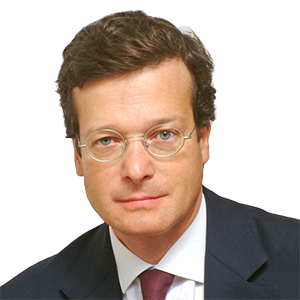Trading venues are required to have in place effective systems, procedures and arrangements to ensure their systems are resilient and are capable of dealing with peak order and message volumes, ensure orderly trading and are fully tested and subject to effective business continuity arrangements. Trading venues must also ensure they are able to reject orders that exceed pre-determined volume and price thresholds or that are clearly erroneous. There are also requirements in relation to tick sizes and synchronisation of clocks.
Trading venues are additionally required to be able to temporarily halt or constrain trading and in exceptional cases be able to cancel, vary or correct any transaction. These powers must be calibrated in a way that takes into account the liquidity of different asset classes, the nature of the market model and different types of users, and so as to avoid significant disruptions to orderly trading. The intention is that there will be communication between Member State competent authorities and ESMA so that, if a trading venue that is material in terms of the liquidity of a particular instrument, halts trading, this would trigger a process that could result in trading of that instrument being halted on other venues.
Trading venues will be required to give their home Member State competent authority access to their order book on request so that it is able to monitor trading.
Trading venues will also be required to ensure that their rules on co-location are transparent, fair and non-discriminatory. Fee structures must also be transparent, fair and non-discriminatory so as not to create incentives to place, modify or cancel orders or execute transactions in such a way that contributes to disorderly trading or market abuse.
The organisational requirements include testing of algorithms prior to deployment within non-live controlled environments and on an ongoing periodic basis, and rolling out developed algorithms in live environments in a cautious fashion. Investment firms will be required to monitor their systems, processes and procedures to identify any negative impacts algorithms might have, and to be able to cancel all outstanding orders at all trading venues by means of a ‘kill button’. Investment firms and trading venues will be required to have IT environments which meet internationally established standards which are in line with the business and risk strategy of the firm, a reliable IT organisation and effective IT security management. When investment firms procure IT systems, appropriate testing must be undertaken to assess their security and reliability. Where investment firms outsource or procure any IT, firms will need to ensure that their legal and regulatory requirements are met by the vendor.
Investment firms are to have pre-trade controls in place on order submission. Pre-trade risk limits are to be put in place including price collars, maximum order value, maximum order volume, maximum long/short positions, repeated automated execution throttles, kill buttons, outbound message rates, maximum messages limits and where applicable, market maker protections. ESMA proposes that investment firms should be able to automatically block or cancel orders from a trader which is not permitted to trade in a particular instrument and to block or cancel orders which compromise the firm’s own risk management thresholds.









